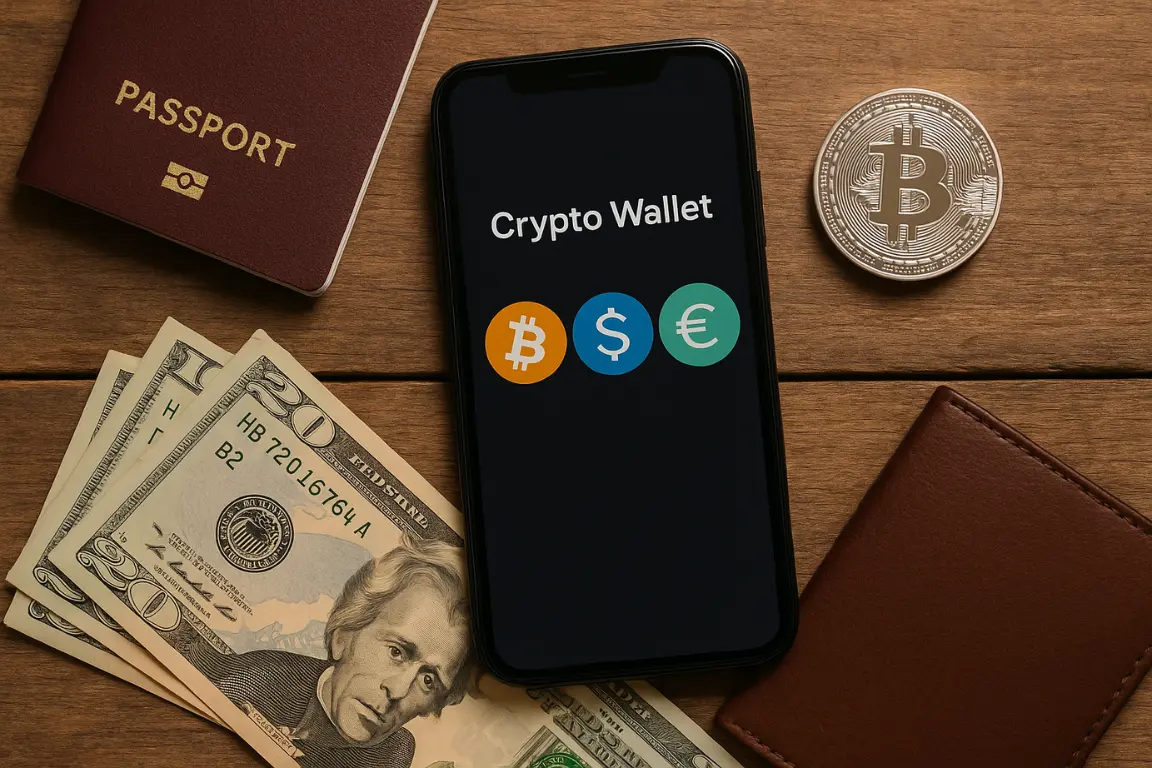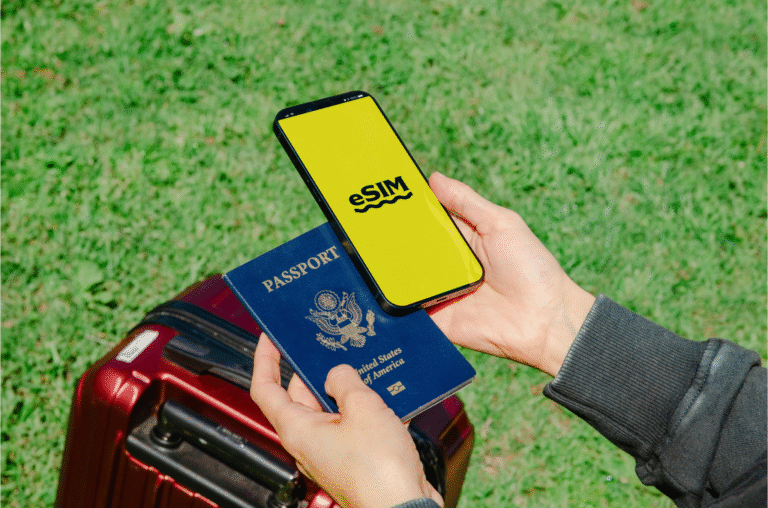Best crypto-friendly bank accounts & spending apps
Crypto used to be a side project for night owls. Today it solves a lot of day-to-day problems for travellers. Clients can pay you on a Sunday. You can hedge against a shaky local currency. You can tap a card that auto-converts from a stablecoin without calling your bank. This guide breaks down how to use crypto rails alongside fiat so money keeps moving even when you switch countries every few weeks.
If you want the full picture of multi-currency wallets and transfer apps that sit next to these tools, read best international banking apps for digital nomads in 2025 when you have a moment.

Why crypto rails earn a slot in your wallet
- borderless settlement in minutes, even outside banking hours
- stablecoins like usdc mirror dollar value and smooth cash flow in high inflation markets
- low minimums let you move small amounts without high fixed fees
- tap-to-pay works through crypto cards that sell to fiat at checkout
None of this replaces a solid bank account. It complements it. Fiat still wins for rent, large cash withdrawals, and long audit trails. Crypto shines for speed and for corridors where banking is slow or expensive.
What to check before you choose an app
- Regulation and safeguarding
Pick providers with an e-money or banking license and clear segregation of customer funds. Read the legal entity name in the app’s footer. If that page looks vague, skip it. - On- and off-ramp cost
The real cost hides in the swaps. Some wallets charge zero to spend usdc but add a fee when you sell other assets. Compare the spread to mid-market rates and note weekend buffers. - Card behavior at checkout
Best case is real-time conversion from your crypto balance when you tap. Some apps force a manual sell to fiat first. That adds delay and can double fees. - Limits and tiers
Daily card caps, ATM ceilings, and staking rules vary. If you run paid ads or pay contractors from the card, make sure your tier allows it without friction. - Compliance and support
Crypto apps run strict aml and kyc checks. That is normal. What matters is how fast support answers when a review triggers. Test chat before you trust it with rent money.
The stand-out hybrids in 2025
Revolut
A familiar fiat app with a light crypto layer. You can hold a few major assets and sell to any of your fiat balances when you need to spend. Great for users who already rely on Revolut for travel and want a simple crypto off-ramp.
Coinbase Card
Ideal if clients pay you in usdc. Spending from usdc is smooth and avoids an extra sell step. You still keep a regular bank account for larger transfers or statements, but daily card life feels simple.
Binance Pay plus card
Peer-to-peer transfers reach other users fast, which helps when teammates sit in different regions. The card converts on swipe with a modest spread. Keep a second route ready in case a compliance check pauses features.
Crypto.com Visa
Available in many countries with tiers that unlock higher limits and perks. Useful if you like rewards and want one app for wallet, exchange, and card. Watch top-up fees on some methods.
Wirex
A long-running hybrid with multicurrency balances and a Visa card. You can load with crypto or fiat and spend at normal terminals worldwide. Useful for Europe-based nomads who want simple card life with occasional crypto loads.
None of these apps is perfect. The smart play is redundancy. Keep one main route and one backup so you never get stuck during a review.
How to weave crypto into a simple workflow
Scenario 1: client pays you on a Sunday
- share a usdc address from a trusted wallet
- funds land in minutes
- sell a portion to eur or usd in the same app
- sweep the fiat to your multi-currency account for rent and bills
Scenario 2: paying a contractor in Argentina
- convert a small amount to usdt or usdc
- send through a peer-to-peer rail with zero or tiny network fees
- the contractor off-ramps to a local wallet the same day
Scenario 3: daily spend on the road
- keep a crypto card loaded with a moderate balance
- set push alerts for each transaction
- top up as needed from your stablecoin wallet, preferably on weekdays when spreads are tighter
Risk management on café wi-fi
- enable two-factor and biometric login on every wallet and exchange
- whitelist withdrawal addresses so new destinations need a cool-off period
- keep savings in cold storage and only travel with an amount you can afford to keep hot
- separate devices when possible: banking on laptop, messaging on phone
- download recovery codes and store them offline
Fees you still need to watch
- blockchain network fees during busy hours
- card top-up fees when loading with a debit card
- fx spreads when selling crypto to fiat at the terminal
- atm fees and daily caps if you need cash
- inactivity fees on some tiers if the card sits unused
Batch actions to reduce costs. Convert once per week instead of daily. Withdraw cash in a single trip within your fee-free limit. When a network is congested, wait a few hours unless the payment is urgent.
Getting started without headaches
- complete full kyc on a solid connection before travel
- set up two providers from day one, a primary and a backup
- run a small live test transaction in each direction: crypto to fiat, fiat to crypto, card purchase, and a small atm cash pull
- create simple rules: 30 percent of freelance income held in usdc as a cushion, the rest swept to your main multi-currency account
- document the flow in a one-page note so you can rebuild if you lose a device
Real travel examples
Lisbon to mexico city
- hold part of your savings in usdc before the flight
- on arrival sell a slice to mxn in a hybrid app and push to your landlord’s local account through a domestic rail
- keep a small balance on the crypto card for groceries and taxis
bali coworking month
- pay your membership by card from a stablecoin balance
- top up the card once per week when spreads look fair
- move larger rent money to your wise or revolut balance and pay by local transfer to avoid extra card fees
split with no local iban
- many landlords accept revolut transfers
- sell stablecoin inside revolut and move kunas to the landlord the same day
- keep a second app active for emergency top-ups if the first slows down
When to avoid crypto rails
- you need a long audit trail for a visa application
- the landlord or agency accepts only domestic bank transfer with strict references
- a country has sudden restrictions on exchange-linked cards
In those moments fall back to your standard bank account. Keep the crypto side for peer payouts, personal spend, or a short-term hedge.
Conclusion
Crypto-friendly banking tools are not a replacement for solid fiat accounts. They are a flexible layer that speeds payments, smooths exchange rates, and keeps life moving outside banking hours. Start small, set clear rules, and keep two routes open at all times. Before you load serious funds, run your shortlist against a security, support, and compliance checklist for nomad banking so your wallet stays usable on the road.






